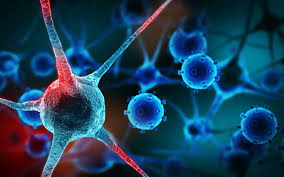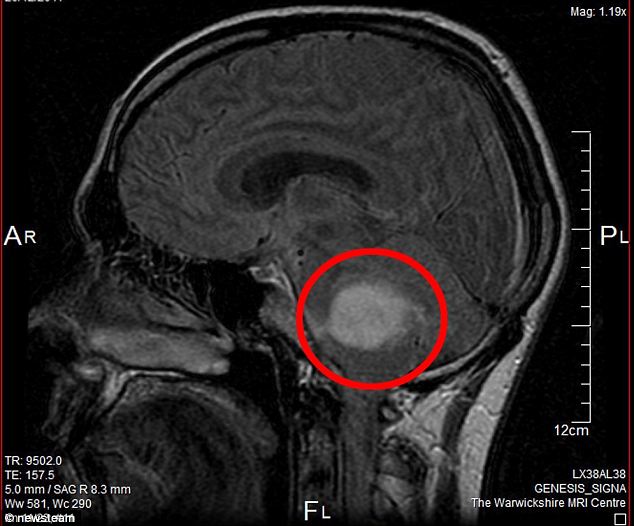According to a study, published in the Genome Research, a reference journal in the field of genomics, scientists have found new molecular mechanisms behind the development of Alzheimer’s disease. This study reveals new molecular and functional data that could help researchers gain a better understanding of the disease and potentially develop new therapies. The study is a collaboration between bio informaticians and cell biologists and was led by IRB Barcelona group leader and ICREA researcher Patrick Aloy.In this study, the researchers used genetic methods to study the thousands of possible interactions between proteins known – or thought likely – to be involved in the disease, including proteins derived from the genes located on the chromosomes related to the Alzheimer’s disease. This information, added to what is already known, brings the total number of Alzheimer’s-related interactions to 6000, and involves 1700 proteins, resulting in the largest network of interactions between proteins related to Alzheimer’s disease.The computational analysis of these interactions revealed that many of the groups of proteins are highly interconnected and have similar functions in cells. Some of these functions suggest new molecular mechanisms that could be linked to Alzheimer’s.

Be a part of Elets Collaborative Initiatives. Join Us for Upcoming Events and explore business opportunities. Like us on Facebook , connect with us on LinkedIn and follow us on Twitter , Instagram.












